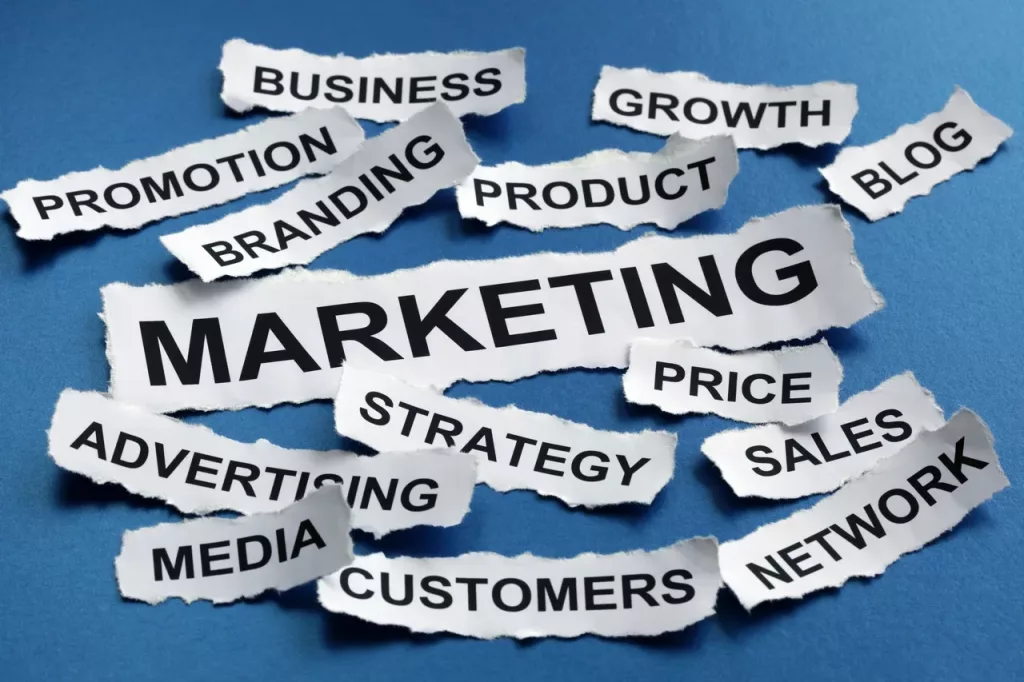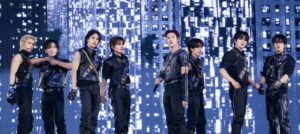9 September 2020|Business Growth, Latest Posts, Marketing, PR, Promotion

B2B marketing is enjoying a renaissance. We’ve noticed our clients are increasingly willing to embrace creativity and innovation, support brand building with bigger budgets and – perhaps most importantly of all – take a long-term view of marketing rather than chasing short-term performance goals.
More businesses are recognising the benefits of applying B2C rules to B2B campaigns, which significantly increases their effectiveness and potential to close the gap on the market leaders. Every mature sector has a ‘Big Three’ – the best-known brands within a market that account for 70-90% of purchases[1]. They have successfully forged fame and converted it into sales following investment in a clear marketing strategy.
With every sector home to its own set of monopolies, competitor businesses need to change their approach to marketing to grow, become famous and memorable, acquire market share and succeed.
Here are six critical goals that will help B2B businesses improve their marketing and drive long-term growth:
Customer awareness
Awareness is critical. It is vital that everyone knows your name and what you do, from existing to prospective customers. The key to raising awareness is to run a truly memorable creative campaign that plants your brand in your targets’ minds with the ultimate goal of becoming one of the Three. The B2B Brand Index Study – the most extensive global study of its kind – established that creative campaigns are 12 times more efficient at delivering business success.
Think long term
Budgets are often under threat, perhaps never more so than now as we enter a Covid-19 induced recession, and it can be tempting to focus on short-term sales activation to provide a more immediate return on investment. Research from the B2B Institute suggests that as much as 90% of B2B budgets is spent on short-term lead generation. While it is more important in B2B than B2C, a healthy balance should see about 45% of marketing spend going on brand development and 55% on sales activation. Netting some of those immediate targets is great but focus on the five-year plan.
Increase share of voice
As a rule, the greater your share of voice, the more likely you are to grow, and this share correlates to investment – if you invest less than your competitors your market share will diminish. Many companies are seeing marketing spend hit as the recession deepens, and that means there is a significant opportunity to outflank competitors. By investing in share of voice when others are letting it slide, companies can get ahead.
Exploit emotion
Building an emotional connection to your brand that evokes a positive feeling will have a more significant long-term impact, while rational campaigns emphasising information will drive sales in the short term. A balanced campaign will combine both tactics, but too often B2B is defined by dry, rational marketing which is clearly outperformed by emotional campaigns. Marketing campaigns that are more empathetic and less mechanistic land better.
Invest in long-term targeting
If you want to grow revenue, you need new customers. Existing customers are a significant portion of your marketing audience, but a broader target audience and repeated exposure equals growth. According to the B2B Institute, businesses that focus on brand loyalty (existing customers) rather than penetration (new customers) consistently underperform on every business metric.
Close the gap on the Big Three
In a mature market the goal is to increase market share and steal market share away from an established Big Three. When a prospective customer is looking for a product or service, they will usually come up with three or four brands from existing knowledge – knowledge that exists due to memorable campaigns and sustained awareness building. Further research will often expand this pool of options to around ten brands, but when it comes to the crunch, one of the original three will win the purchase between 70-90% of the time.
In new and emerging markets the same rules don’t apply – yet. Until the market matures brands are engaged in a tussle for membership of an emerging big three that will become dominant and gradually more difficult to break down.
Breaking into the Big Three, eroding their dominance, or – in an emerging market – being at the forefront of the sector from the off is key to long-term growth. The way to achieve that is through creative, emotive, memorable campaigns that bring your brand to the fore, convert your fame into sales and inch closer to the sector leaders.
By Richard Parsons, Founder of True
Facebook: https://www.facebook.com/TrueB2B/
Instagram: https://www.instagram.com/true_b2b/
Twitter: https://twitter.com/trueb2b/
LinkedIn: https://www.linkedin.com/company/true-agency/
[1] The Rule of Three and Four paper by Bruce Henderson, The Boston Consulting Group (BCG), 1976






